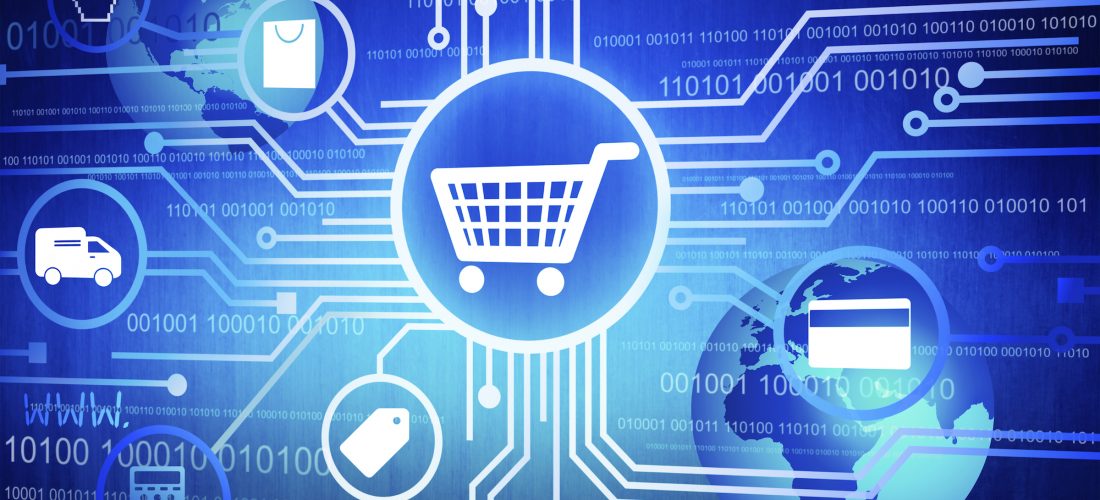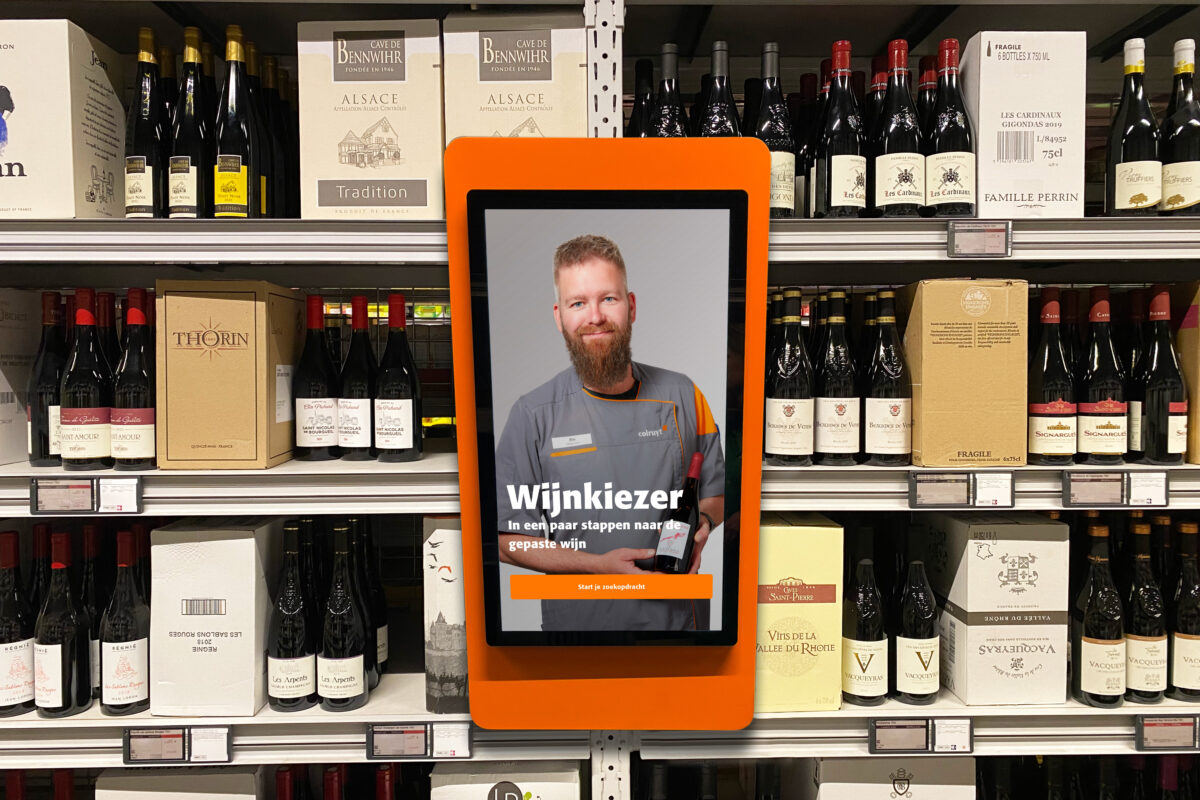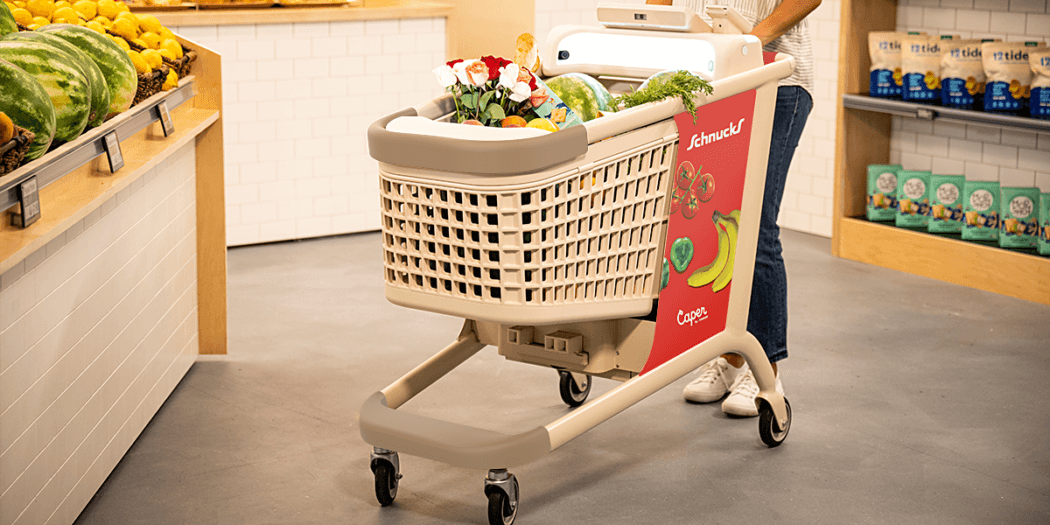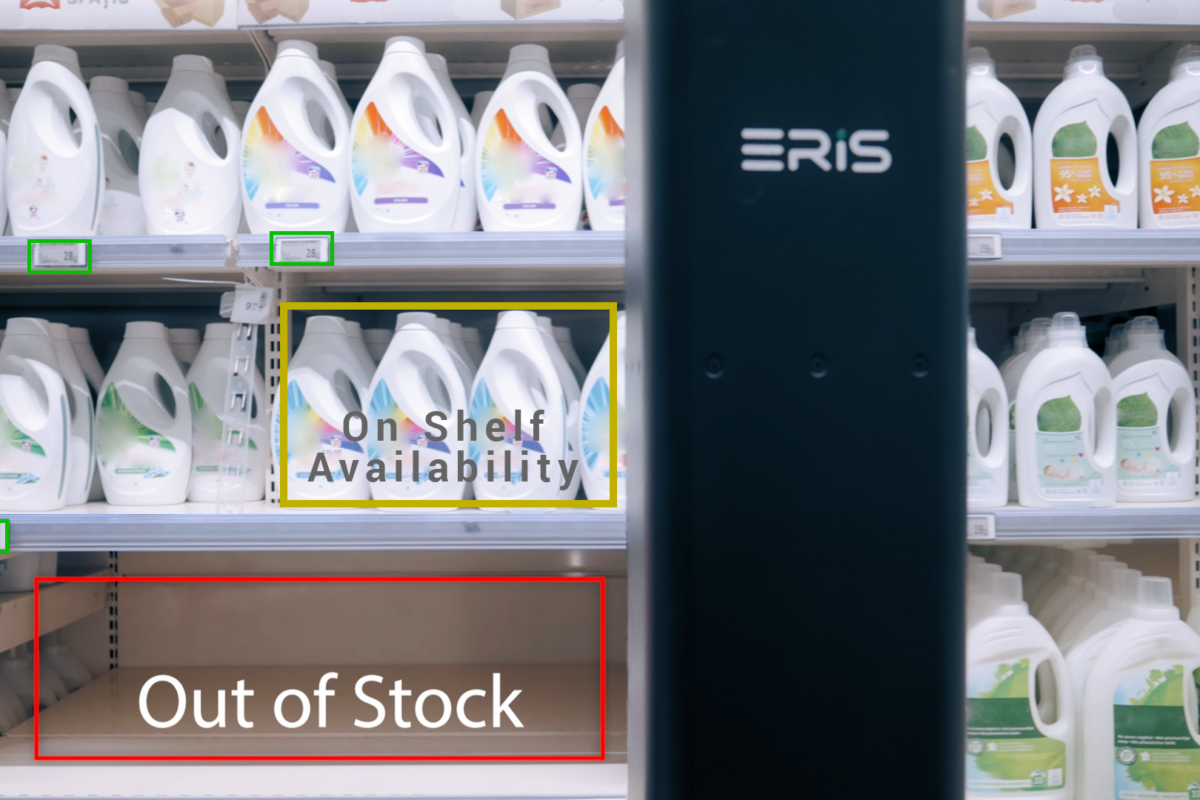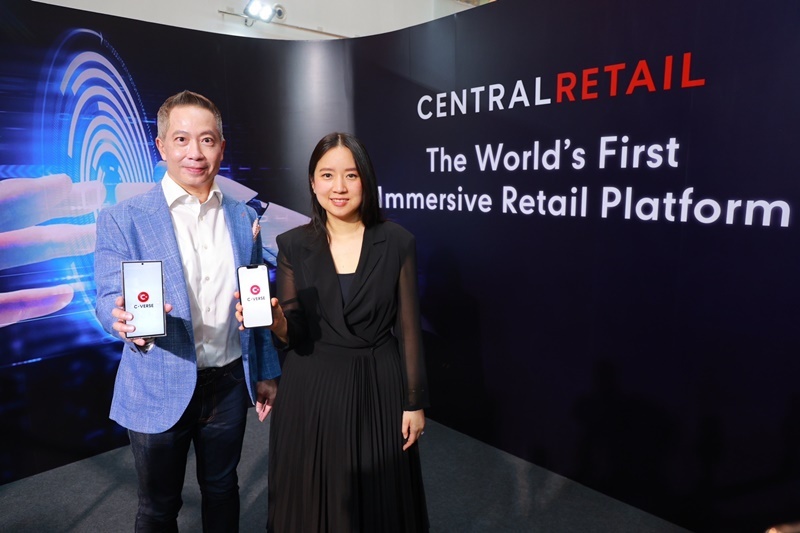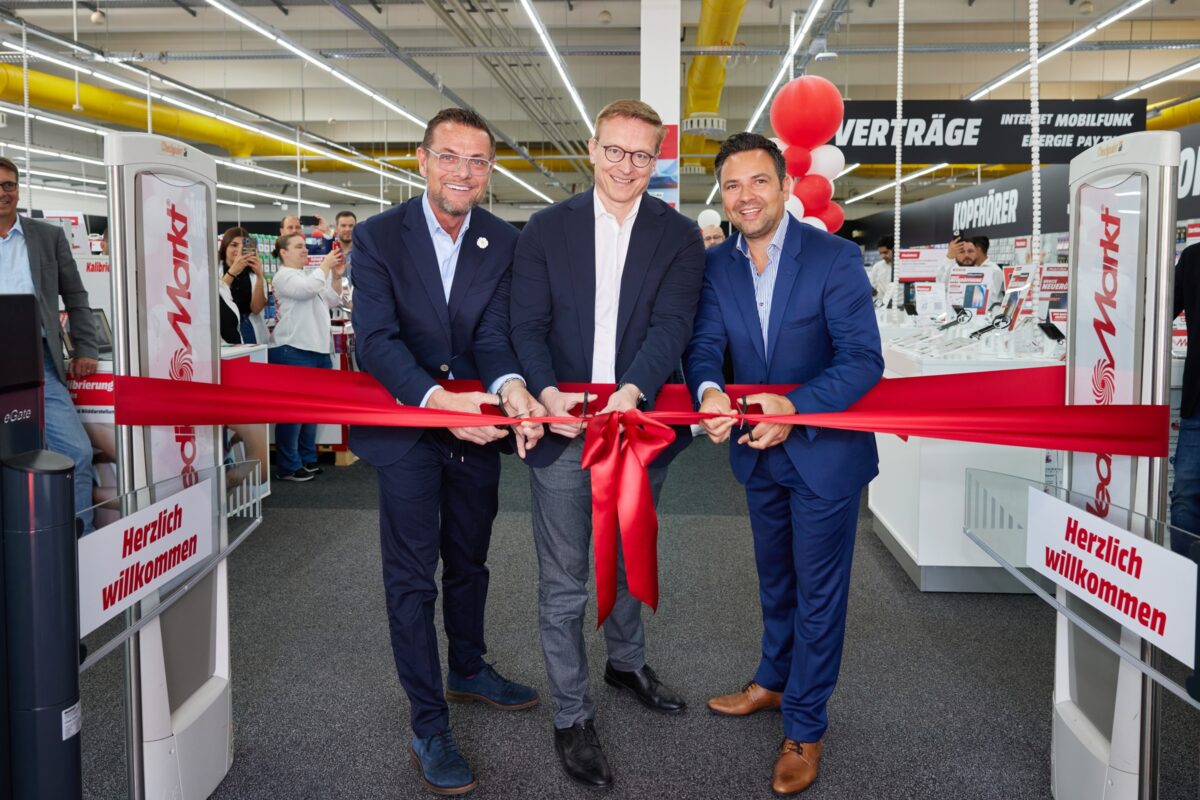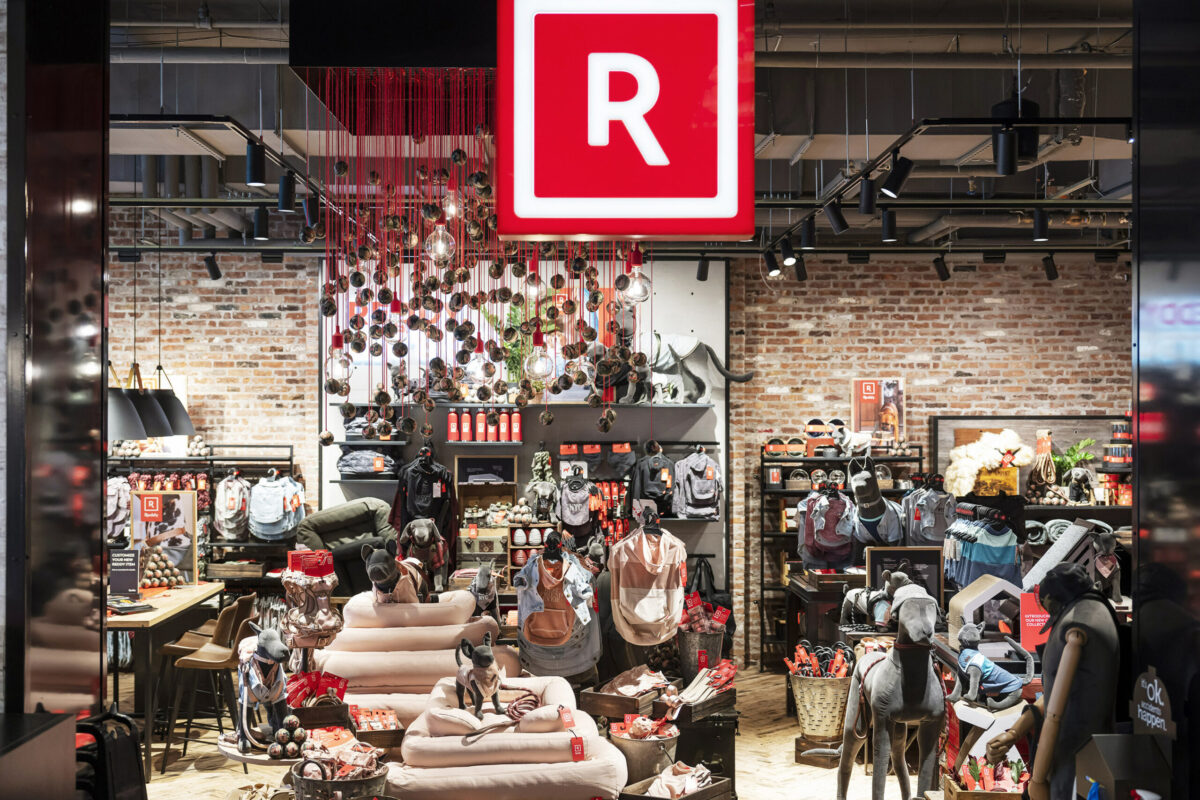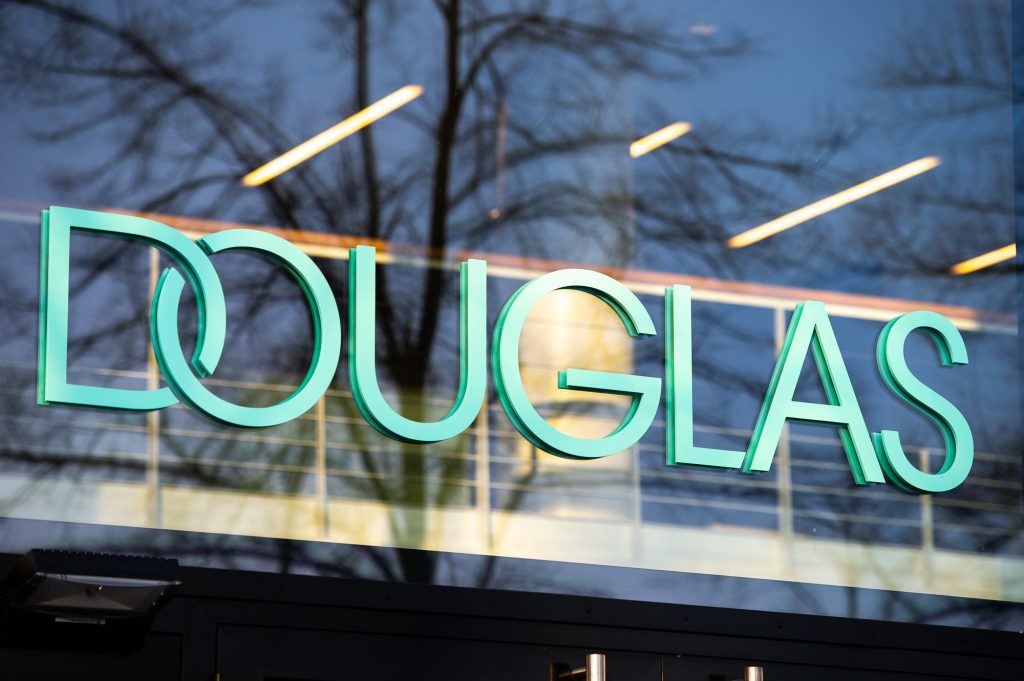What’s in store for retail in 2019?
With shoppers becoming ever more demanding and retailers under pressure to deliver the seamless service experience consumers crave, Manhattan Associates, Inc. has identified five key themes it believes are set to dominate the retail agenda in 2019.
1. Holistic customer experience management
Creating exceptional shopping and service experiences is fast becoming the key to retail success. However, many retailers fall short when it comes to offering this because they can’t effectively manage a customer journey through every touch point, both physical and digital. In 2019 we will see retailers invest to bridge this gap and embrace tools and technologies that have not only been specifically designed for the complexity of modern commerce but enable them to really listen to their customers. This new era of customer engagement will allow associates – in the store and in call centres – to have actionable customer insights at their fingertips; offering better service and ensuring customer loyalty.
2. Expansion of omnichannel fulfilment strategies
The ‘buy anywhere / deliver anywhere’ expectations of today’s omnichannel shoppers may just make 2019 a ‘make or break’ year in the history of retail. For retailers without the means or commitment to embrace omnichannel commerce, the future is becoming bleak. For those who have started down the track, a continued devotion to delivering on the customer promise will be required to have a shot at survival. Retailers must become committed to being able to fulfil anywhere in 2019.
The warehouse will become a critical enabler, as retailers look beyond the store and recognise that the warehouse will be critical to support omnichannel commerce. The ability to process wholesale and store replenishment wave processes simultaneously with consumer-direct wave-less processes becomes critical in the time and cost constrained world of unified commerce.
We will also see more retailers implementing advanced automation in the warehouse. The use of robotics in new and existing warehouses is expected to boom and the ability for these new technological resources to work with inventory awareness effectively, alongside human capital, is key.
3. Making ship from store profitable
The retail store network should be an advantage against the large, online market-places. However, store fulfilment duties, along with customer service and selling is a major challenge for store associates. As such, stores are, in many ways, more complicated than a distribution centre, so the traditional ‘closest location’ sourcing logic doesn’t work when hundreds of stores are added to the network.
The good news is, the latest omnichannel technology is making ship from store a sustainable, more profitable part of retail’s new normal. Where store associates are equipped with intuitive and responsive apps that guide them through tasks across multiple orders, allowing them to easily pause and resume, fulfilling orders quickly during periods of downtime becomes a practical reality.
Additionally, an order management system that learns in real-time, and understands not only location and hard parcel-shipping costs, but understands markdowns, closeouts, in-store labour capacity, and more, means ship-from-store can be done efficiently and profitably for retailers investing to fulfil anywhere.
4. IoT enters the store with RFID leading the way
Inventory accuracy within the store has traditionally been a huge challenge for retailers, as items tend to move within the store, as they are left in changing rooms or returned to stock in the wrong location. As retailers accelerate the rollout of store-based fulfilment options such as ‘click and collect’ and ‘ship-from-store’, it is crucial that they have a high level of inventory accuracy within the store.
As the cost and size of RFID technology drops to a level that allows companies to embed RFID chips into smaller, everyday products, retailers are able to monitor the status of each item of inventory, wherever it is in the store. This level of accuracy also creates better associate experiences, as team members who are locating items for store pickup or shipment can be directed to the exact location of the items needed.
5. Smart returns management
2019 will be the year when retailers must begin facing the returns bullet. After years of growth in online orders being returned for free and low or no cost shipping putting increasing pressure on margins, expect to see retailers embracing various approaches this year to try and take back control. Modern order management technology can offer an accurate, real-time view of all network inventory, including inbound and received returns, allowing pioneering merchants to begin looking for ways to leverage what is becoming an ever-increasing source of new supply back into the network, in creative ways.
In parallel, by embracing online fitting tools that create accurate sizing measurements, providing better merchandise descriptions and offering free return shipping, retailers can significantly reduce the impact of returns on the bottom line.
Source: Manhattan Associates, Inc.




